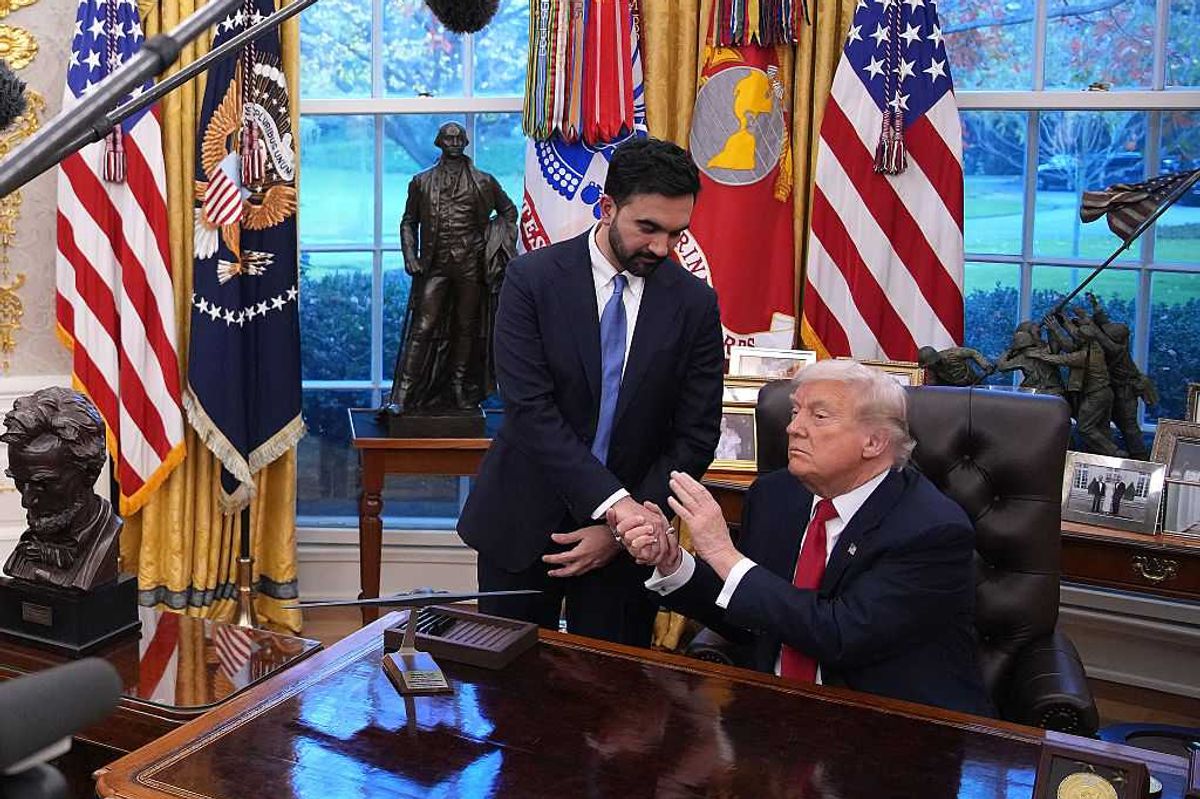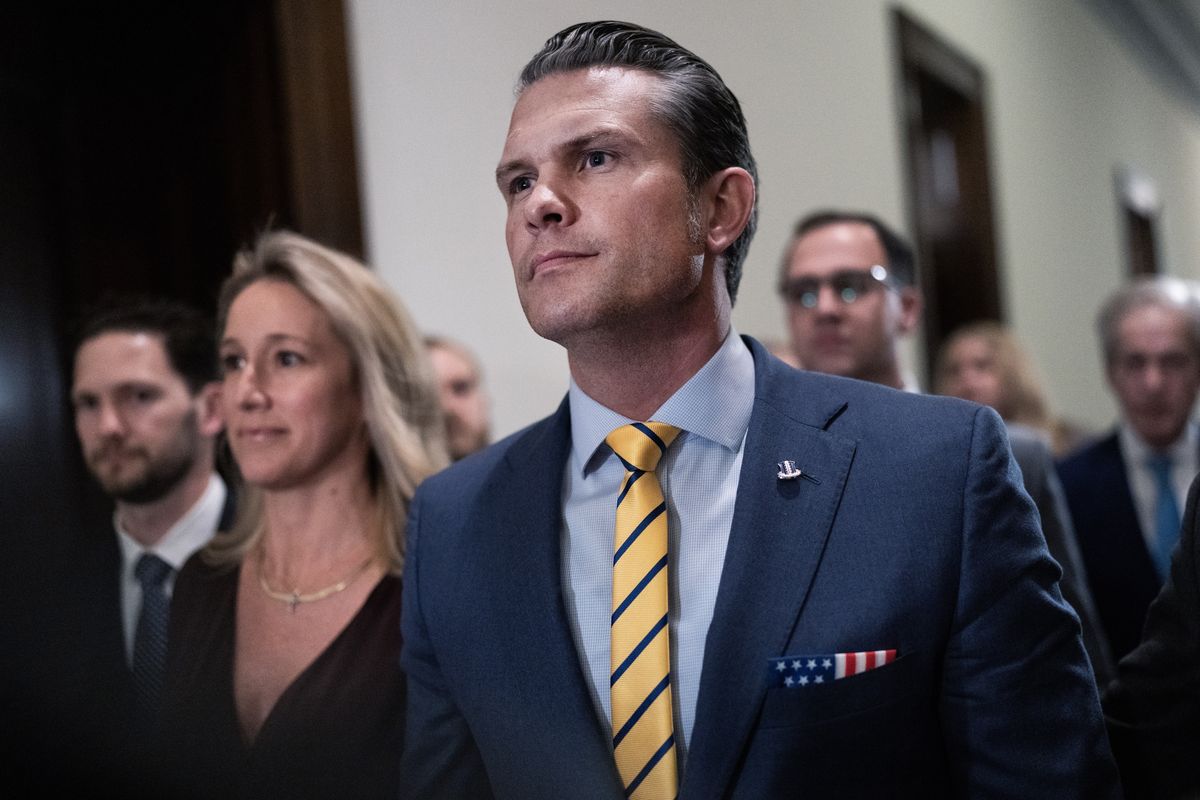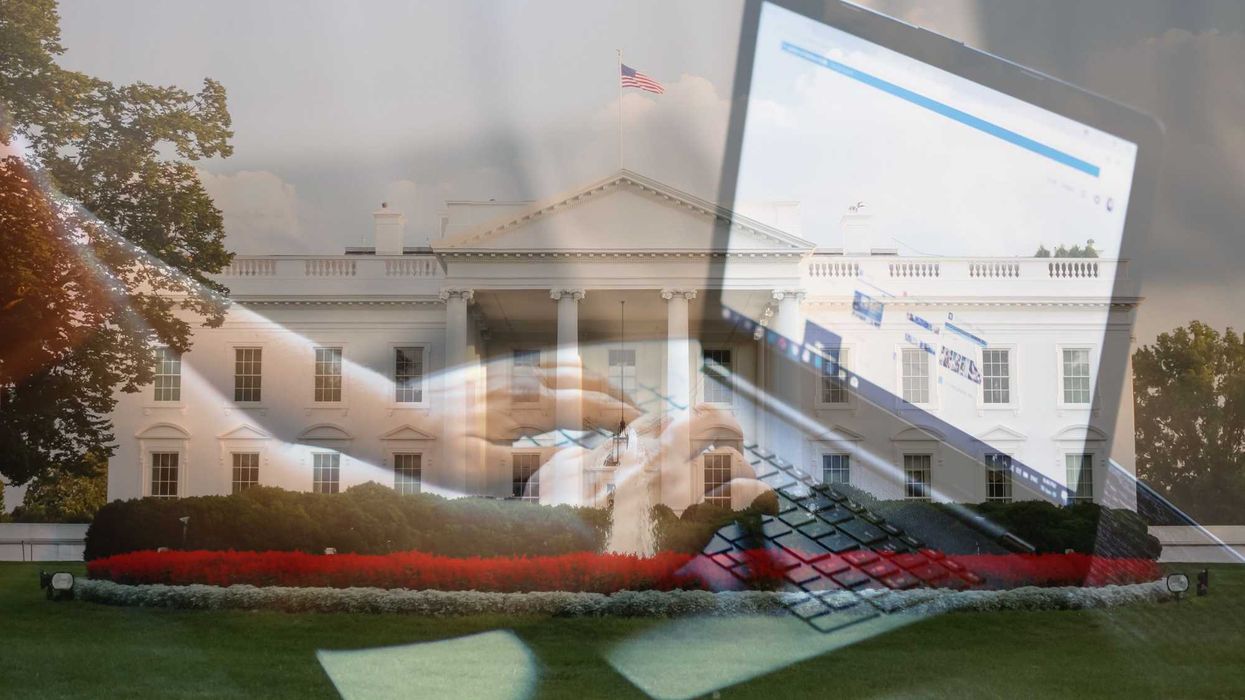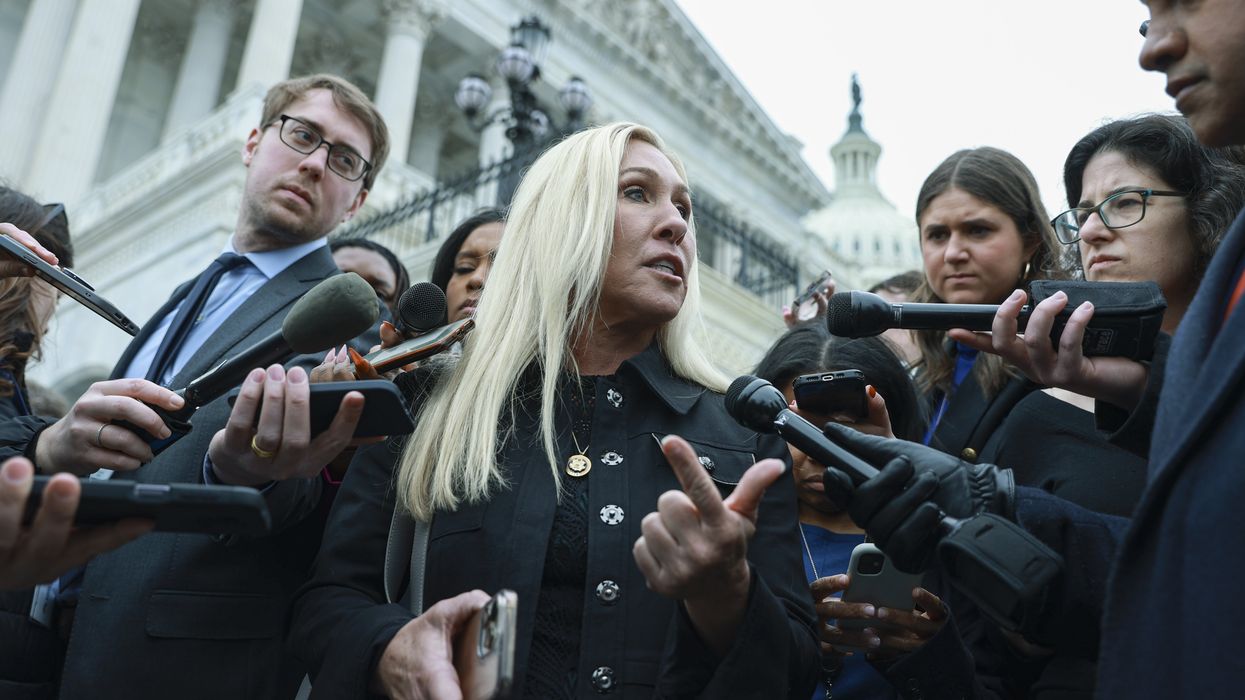Ohio is moving ahead with its second purge of the voter rolls this year, though not before the state's new Republican top elections official helps in a search for people who haven't voted in a while.
Still, Democrats say the purge will wrongly disenfranchise too many – mainly poor people, minorities and students.
Last year the Supreme Court upheld an Ohio law requiring the removal from voter lists of those who have not cast ballots in at least six years or responded to "last chance" notices sent by mail. About 3 percent of the state's 8 million registered voters were dropped in January, and on Monday the elections boards of all 88 counties mailed new last-chance notices to another 3 percent, or almost 236,000 people, setting a Labor Day deadline for updating voter information.
Secretary of State Frank LaRose has promised to turn over the roster of affected voters this week to the League of Women Voters and several religious leaders who say they want to search for voters and encourage them to re-register.
"We want to try to find everyone that we can," he told the Columbus Dispatch, although he predicted most on the lists were duplicate entries, dead or no longer living in the state.
LaRose is also vowing to press the state legislature to make Ohio the 19th state with automatic voter registration, under which all eligible people are added to the voter rolls whenever they get a driver's license or otherwise interact with a state agency. But it seems unlikely that will happen by next year, when Ohio's 18 electoral votes will be a prime target of both presidential candidates.
Democratic Sen. Sherrod Brown, who was secretary of state in the 1980s, and several state legislators urged a lenient approach to culling the voter rolls in the interim. Brown is pushing legislation, which stands little chance in the GOP Senate, that would make it illegal for a state to use "failure to vote or respond to a state notice as reason to target" voters for removal from the rolls.


















